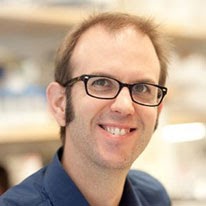Making the Leap, Part 5: Let’s Make a Deal

Negotiating a startup package can be an intimidating venture. Few of us scientists are well trained in business negotiation or contract law. Beyond that, there’s a great deal regarding startup packages that will seem unfamiliar to individuals making the transition to an academic faculty position. However, there are a few key guideposts that can help prospective faculty members successfully navigate the process from getting a draft offer to sealing the deal in a way that maximizes opportunities for success. Below I’ll discuss some of my experiences, as well as those of colleagues who have also recently made the leap. Negotiation 101: It’s not personal, it’s business. How you conduct yourself in a negotiation process is just as critical as the substance of the discussion itself. After my interview process, I received offers from three institutions. My negotiating partner at each institution was the head of the program, department or division offering the position. In other words: they w...







